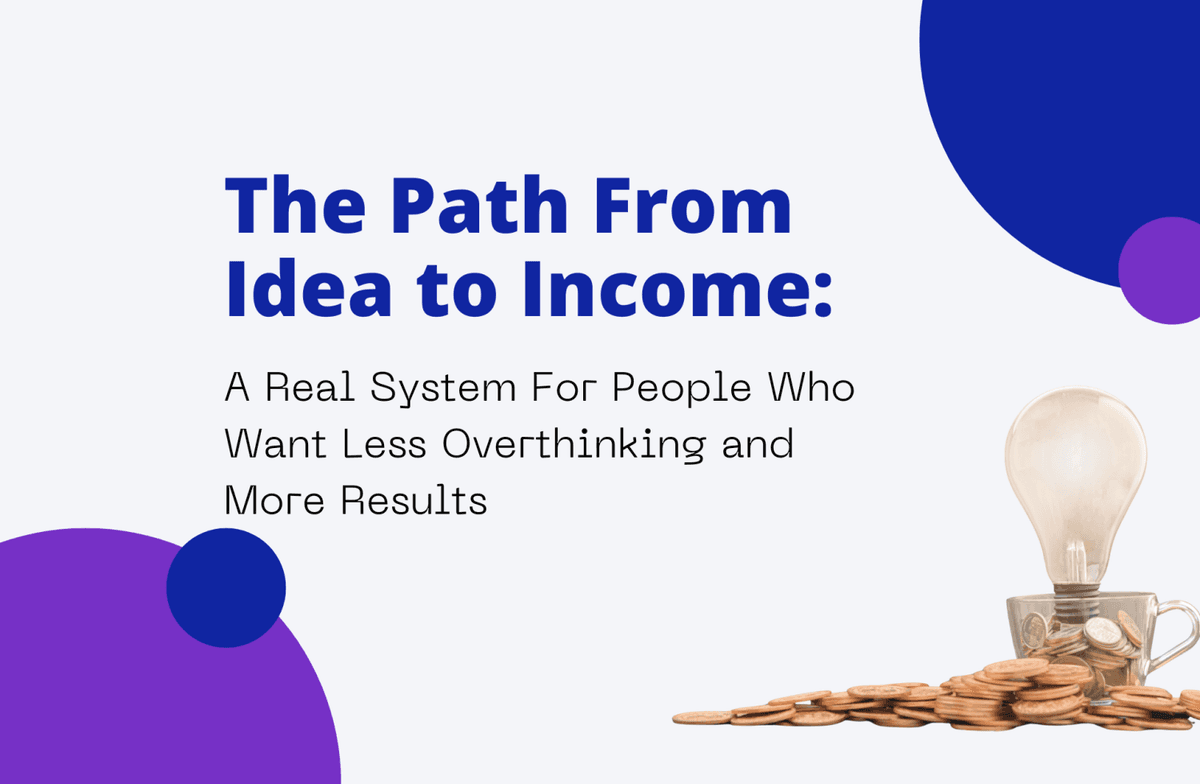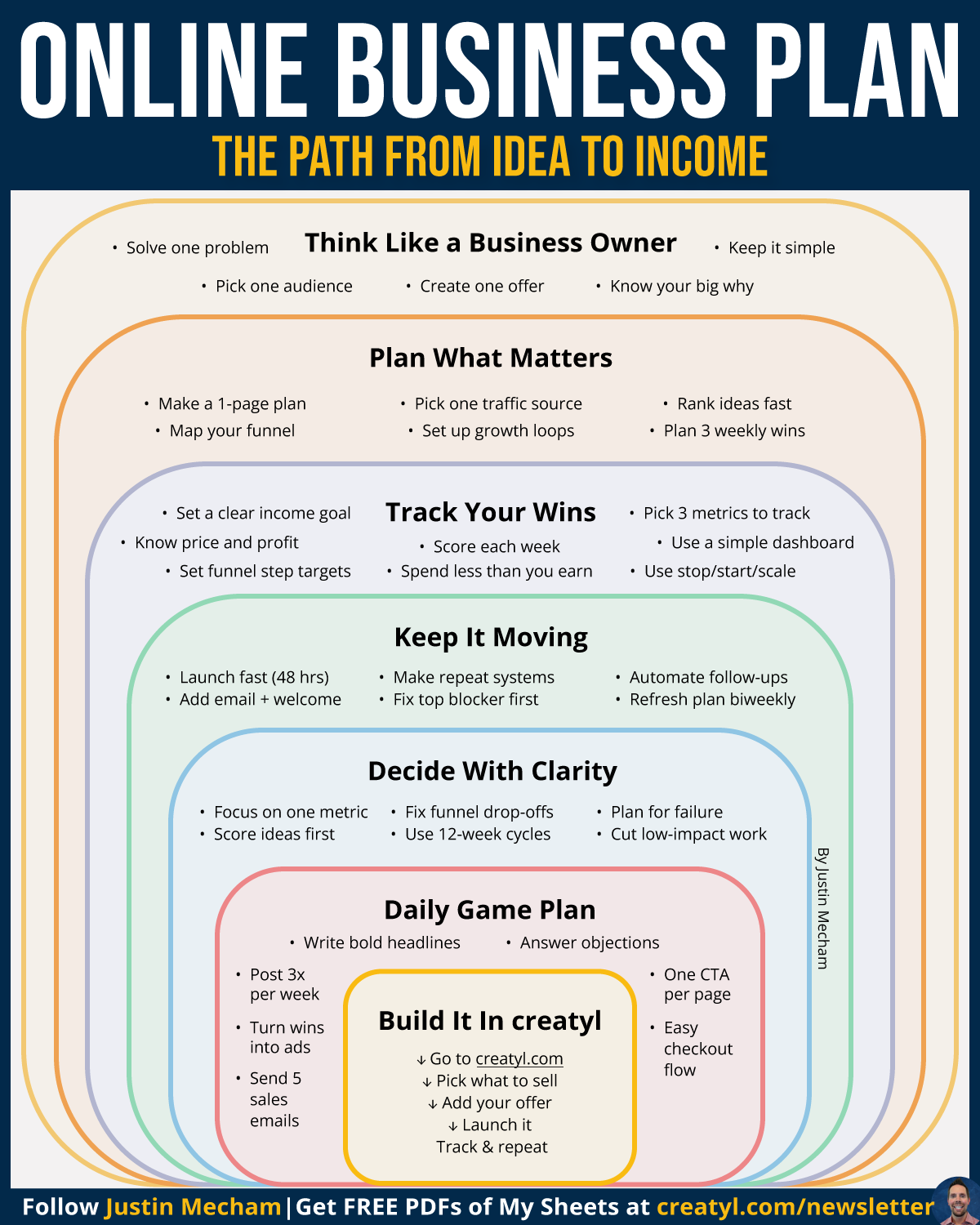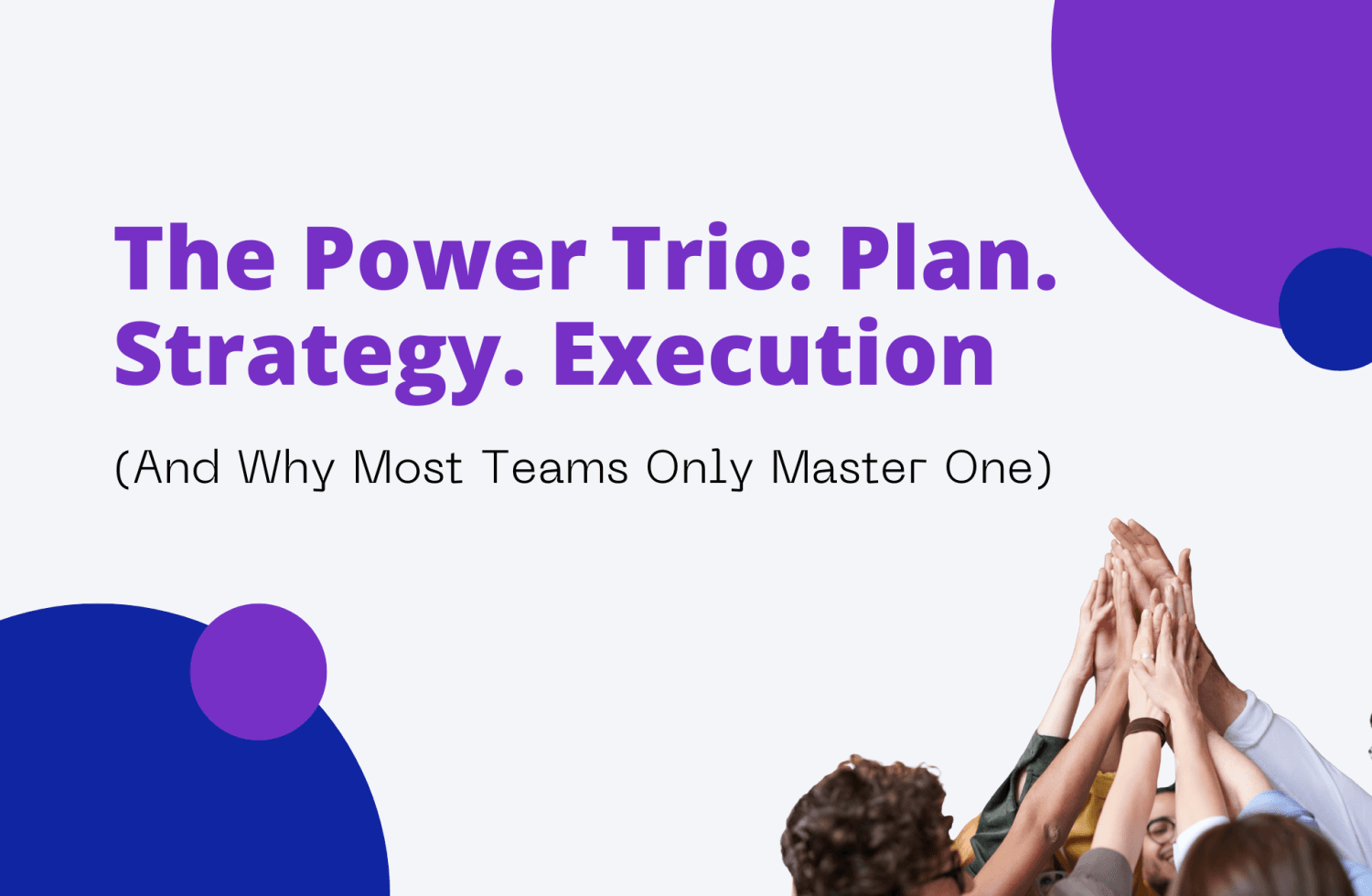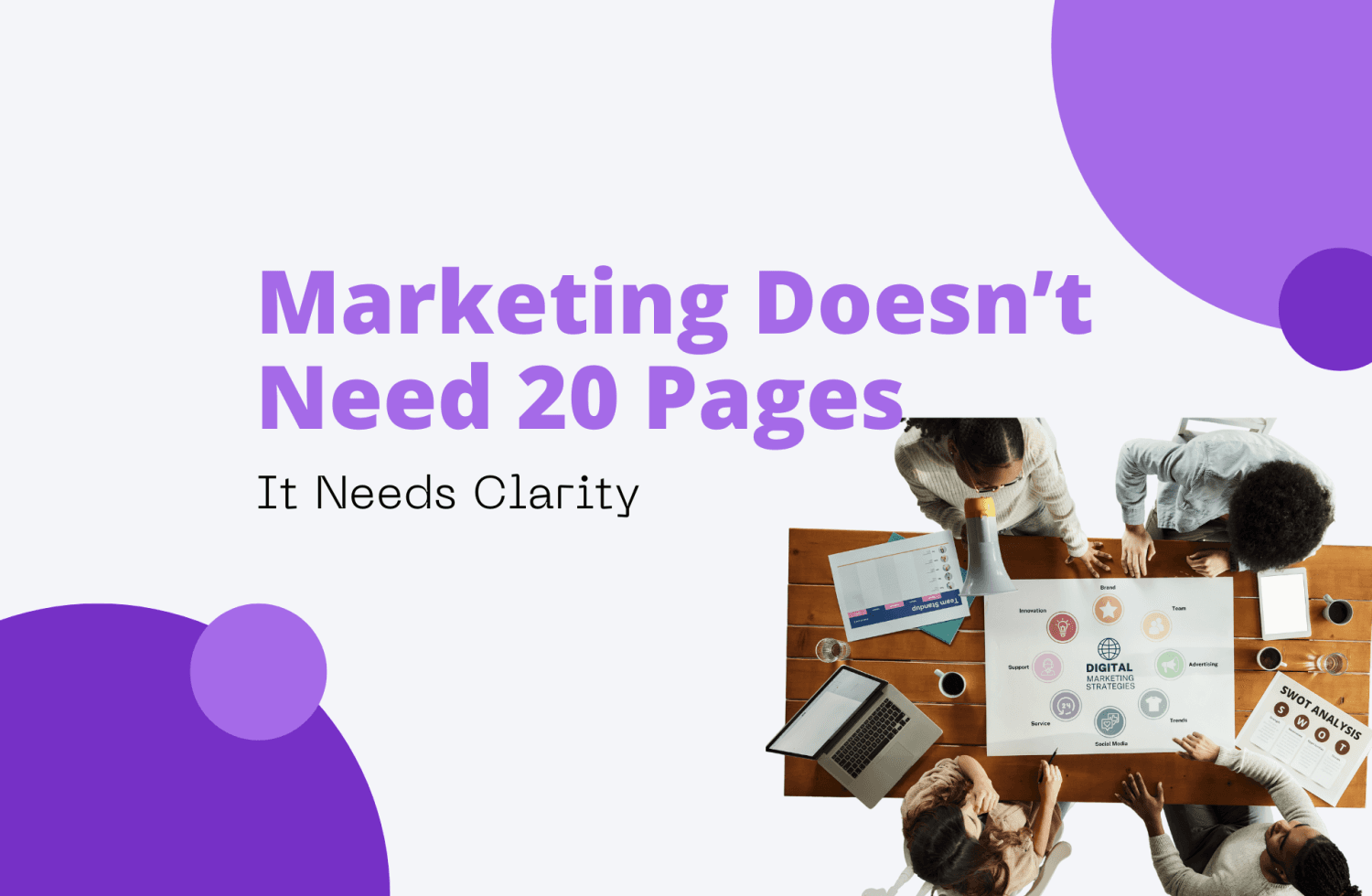Click Here to Download the PDF
How Real Progress Happens: Moving From “Someday” to Something You Can Actually Launch
Most people underestimate how much time they lose to planning.
Not real planning—endless planning.
The kind where you convince yourself you’re getting ready, when really you’re delaying the part that feels vulnerable.
You tell yourself you’re researching.
You tell yourself you’re mapping things out.
You tell yourself you’re getting organized.
But deep down, you’re avoiding the moment where you actually build something and put it in the world.
The people who win online are not the ones with the prettiest plan.
They’re the ones with the simplest system—then the willingness to act.
Building something online doesn’t require brilliance.
It requires direction.
It requires clarity.
It requires a structure that moves you forward even when your mind wants to stall.
And that’s why this framework works so well: it’s simple enough to follow, strong enough to build on, and real enough to use when life gets busy.
Below is the complete, fully expanded guide to building an online business the modern way—clear steps, smart structure, and momentum you can feel.
This is not an article about dreaming.
This is an article about building.
1. Think Like a Business Owner
Everything changes the moment you start thinking like an owner instead of a hobbyist.
Owners decide.
They simplify.
They don’t chase every idea—they choose one path and walk it long enough to see real progress.
Thinking like an owner means choosing a single audience instead of trying to talk to everyone.
When you speak to everyone, nobody feels spoken to.
When you pick one person with one clear problem, your entire strategy becomes easier.
Owners also simplify their offer.
One offer done well beats five half-finished ideas.
Your audience doesn’t need ten options—they need one clear solution that solves something specific.
And owners know their “why.”
Not a vague motivational phrase, but something real—why this work matters to them, why this offer solves a problem worth solving, and why it’s the right thing to build right now.
When you understand those pieces, you stop drifting.
Your decisions get sharper.
Your next steps become clearer.
Your business stops being a wish and becomes something you can shape.
2. Plan What Matters
Planning is not about complexity.
Real planning is about clarity.
You don’t need a 40-page business plan to sell your first product.
You need one simple page that answers the real questions:
What am I selling?
Who is it for?
How will they find it?
What are the three things I need to achieve this week?
This section is where people either create movement or lose months.
Overplanning keeps you stuck in theory.
Planning what matters gets you moving in the direction of income—fast.
Pick one traffic source.
One funnel structure.
One set of growth loops to focus on.
Every time you remove a decision, you gain momentum.
Every time you add complexity, you lose it.
Three weekly wins is enough.
Three things you can complete.
Three things that move the business forward.
When you win the week, you win the month.
And momentum comes from simplicity—not pressure.
3. Track Your Wins
Tracking is not about judgment.
Tracking is about direction.
When you measure the right things, you know what to repeat and what to stop wasting time on.
Choose three numbers.
Not ten.
Not twenty.
Three.
These are the numbers that actually tell you whether your business is growing or stalling.
It might be audience growth, click-throughs, conversions, or purchase volume—your model decides, but your discipline makes the difference.
Use a dashboard that takes seconds to update, not hours.
The simpler your system, the more likely you are to use it.
This is where most creators go wrong.
They try to build a complex analytics setup before they have consistent revenue.
But the most powerful thing you can do early on is stay aware of what’s working right now.
And above all: spend less than you earn.
Business gets harder when you chase the next tool, the next upgrade, the next expense that promises shortcuts.
Your business becomes stable the moment your decisions are driven by data, not emotion.
4. Keep It Moving
Movement is everything in the digital world.
You don’t need perfect.
You need progress.
You need something launched.
You need something real that people can click, buy, or respond to.
Launching fast changes your psychology.
It turns your idea from a concept into a product.
It forces clarity. It forces decisions.
And it gives you feedback you could never learn from a notebook.
Automating follow-ups is the next step.
This ensures every lead gets touched, every buyer gets served, and every opportunity is captured without requiring you to manually chase everything.
And when something isn’t working, fix the top blocker first.
Not the fifth one. Not the easiest one.
The biggest one.
The thing that holds back everything else.
Real builders don’t hide from friction.
They move through it.
And they keep moving even when their fear tells them to pause.
5. Decide With Clarity
Most people feel overwhelmed not because business is hard, but because they try to fix everything at once.
Clarity comes from narrowing your focus, not widening it.
Pick one metric that matters most.
That’s the number you fight for.
That’s the number that guides your week.
Use 12-week cycles instead of endless timelines.
Twelve weeks is long enough to make progress, but short enough to stay urgent.
When you focus on one cycle, one metric, and one outcome, your decision-making becomes clean.
And you must cut low-impact work.
Not everything deserves your attention.
Not every task moves you forward.
Cutting is a form of clarity.
It frees you up to do the work that generates revenue, not just busyness.
6. The Daily Game Plan
Daily consistency beats occasional intensity.
Builders show up daily—not always perfectly, but always intentionally.
Three posts a week: enough to stay visible, enough to attract new leads, enough to build authority without burning out.
Five sales emails: not long essays, just clear offers.
Simple messages that solve real problems for real people.
Sales is a service. When done well, it helps the right people find the right solution at the right time.
And one CTA per page.
Clarity drives action.
Confusion kills it.
Your reader should never wonder what to do next.
The daily game plan isn't about volume.
It’s about consistency with purpose.
7. Build It In creatyl
creatyl exists for one reason: simplicity. It removes the friction that slows most creators down.
You pick what you want to sell.
You add your offer.
You launch it quickly.
You track your wins.
You repeat the cycle.
This platform is built for the modern creator: coaches, professionals, service providers, educators, experts—anyone who has value to share and wants a clean, fast, focused way to turn their idea into something someone can buy.
creatyl keeps you building instead of bouncing between tools.
It keeps your business simple enough to sustain and strong enough to grow.
How This Framework Fixes A Stuck Team
I worked with a small creative team that felt trapped in the planning phase of launching their first digital product.
They had meetings to plan meetings.
They spent weeks refining ideas without producing anything tangible.
Every time they got close to launching, they added another step, another tool, another reason they weren’t ready.
The result?
No product.
No revenue.
No progress.
Within days, it was clear what was happening: everyone was avoiding the emotional risk of launching.
They feared judgment.
They feared failure.
They feared being seen before they were “ready.”
Because of that, they clung to planning as a shield.
They created complex funnels they never finished.
They drafted heavy multi-page plans that turned into more questions than answers.
They tried to perfect things no customer had ever seen.
And the longer they stayed in planning, the more doubt they felt.
They weren’t struggling with strategy.
They were struggling with momentum.
I switched them to this exact framework.
First, they chose one audience, one problem, one offer.
This instantly cut their workload in half.
Then we built a one-page plan.
They chose one traffic source.
They set three weekly wins.
Complexity turned into a checklist they could finish.
Next, we picked three metrics to track.
They built a tiny dashboard.
Suddenly they could see progress happening daily.
Within 48 hours, they launched a simple version of their product.
No perfection.
Just something real.
They automated follow-ups.
They fixed their biggest blocker instead of hiding behind easier tasks.
They cut low-impact work.
They stuck to one metric for the entire 12-week cycle.
For the first time in months, they generated revenue in a week instead of planning for weeks.
The shift wasn’t magic—it was structure.
This system didn’t just change their results.
It changed their confidence.
A Top Resource To Go Deeper
Book Recommendation:
The Lean Startup
Author: Eric Ries
This book remains one of the most respected and widely referenced guides for launching, testing, and building an online business with speed, clarity, and iteration. It aligns directly with the philosophy of this article: move quickly, simplify your process, validate your ideas, and build based on real data—not assumptions.
The Moment You Stop Waiting, Everything Opens Up
There comes a point in every builder’s journey when you realize planning is the safest place to hide.
It feels productive.
It feels responsible.
It feels like progress.
But planning without movement keeps your work locked inside your head.
Something shifts when you decide you won’t let fear decide the pace anymore.
You begin to see that perfection was never the point.
Clarity was. Action was. Learning was.
You understand that nothing meaningful is built in theory.
It’s built in steps—small ones, quiet ones, sometimes messy ones, but always forward.
You start to trust your ability to figure things out as you go.
You start to believe that momentum matters more than mastery.
And you start to see yourself not as someone preparing to build, but as someone who is already building.
This is how real progress begins.
Not with a perfect plan.
With a simple plan you actually use.
Not with the confidence to know everything.
With the courage to take the next step.
You don’t have to wait for the perfect moment.
You don’t have to wait for certainty.
You don’t have to wait for permission.
You get to start now.
And every small action you take becomes proof that you can build something real, something valuable, something that makes sense for your life.
This is how ideas turn into income.
Not through pressure.
Through movement.
Through decisions.
Through consistency that builds belief.
And through the clarity that comes when you finally stop waiting.
Download The Infographic (PDF Version)
You can download the full “Online Business Plan: The Path From Idea to Income” infographic as a clean, print-ready PDF.
Keep it nearby. Use it daily.
Let it help you build with clarity instead of overthinking.




